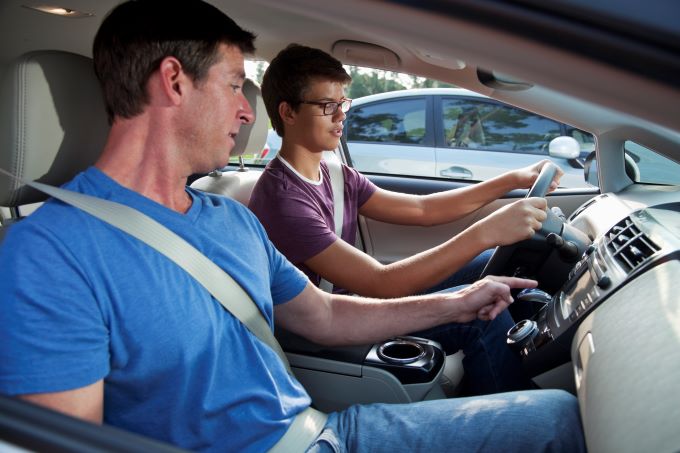Research In Action
Research In Action
Breadcrumb

Note from Dr. Emma Sartin: Recently, my colleagues and I at CIRP published a qualitative study in Autism in Adulthood. In this study, we interviewed caregivers of autistic teens and young adults about their experiences finding and using driving-related resources. Caregivers said they spend a lot of time looking for driving resources and services for their autistic teen or young adult, but resources and services were not easy to use or helpful.
Specifically, while behind-the-wheel driving instructors with specific training teaching autistic individuals were the most helpful and/or wanted resource, these instructors and their services were hard to find, cost a lot of money, and required families to spend a lot of time training with them to get results. In the future, making it easier to find and access driving resources and services (for example, making them less expensive) would be necessary. Caregivers also voiced strong interest in their family participating in support groups related to driving.
To highlight more on this topic and our research, we invited our colleague and consultant, Andrew Arboe, to tell us about his experiences. Andrew is passionate about helping families find driving resources in their area and created a website that lists resources by state.
My name is Andrew Arboe, and I am an autistic self-advocate. I have worked in public and private schools and non-profits and I ran an online program for a year called Driving with Autism. I also did collaborative work with organizations like The Next Street on driving. A lot of my advocacy is on transition to adulthood, especially transportation options like driving. When I was becoming an adult, I did not see a lot of resources and discussions out there, so I became a public speaker to talk about it (as well as other autism-related topics).
My main motivation for driving was to obtain more employment opportunities. I had issues finding resources in my state. My dad and I were anxious about learning to drive. I was self-conscious of the anxiety, and it took many tries at parking lots to get started. Eventually going to a driving school helped and I managed to use places I liked to go to in order to get more experience to obtain my license. For example, I used to drive to video game stores, networking events, and a weekend job to get more experience. These are all places I cared about.
One finding I can relate to in this study was the one that said caregivers did a lot of research online by themselves. During my transition period out of public school, I searched what work fields and autism resources were out there in my state and did my own research. I saw that the state departments had their hands full, and I knew that trying to get services would take ages, so I was better off doing it myself. I also did the same thing during my driving journey.
The second finding that I knew years ago that would be an issue was finding resources in select geographic areas. I was lucky to be in an area where bus lines were present, and I was able to access some driving schools. I cannot say the same for everywhere else, since other areas with fewer bus services can be a problem for those who want to be in the community. I was not surprised to see it listed as a barrier in this study.
Moreover, it is important to encourage autistic individuals to make the transportation choice that works for them. If buses work, that is great. Transportation is a personal choice and knowing what will empower them to make good choices with their lives is paramount.




